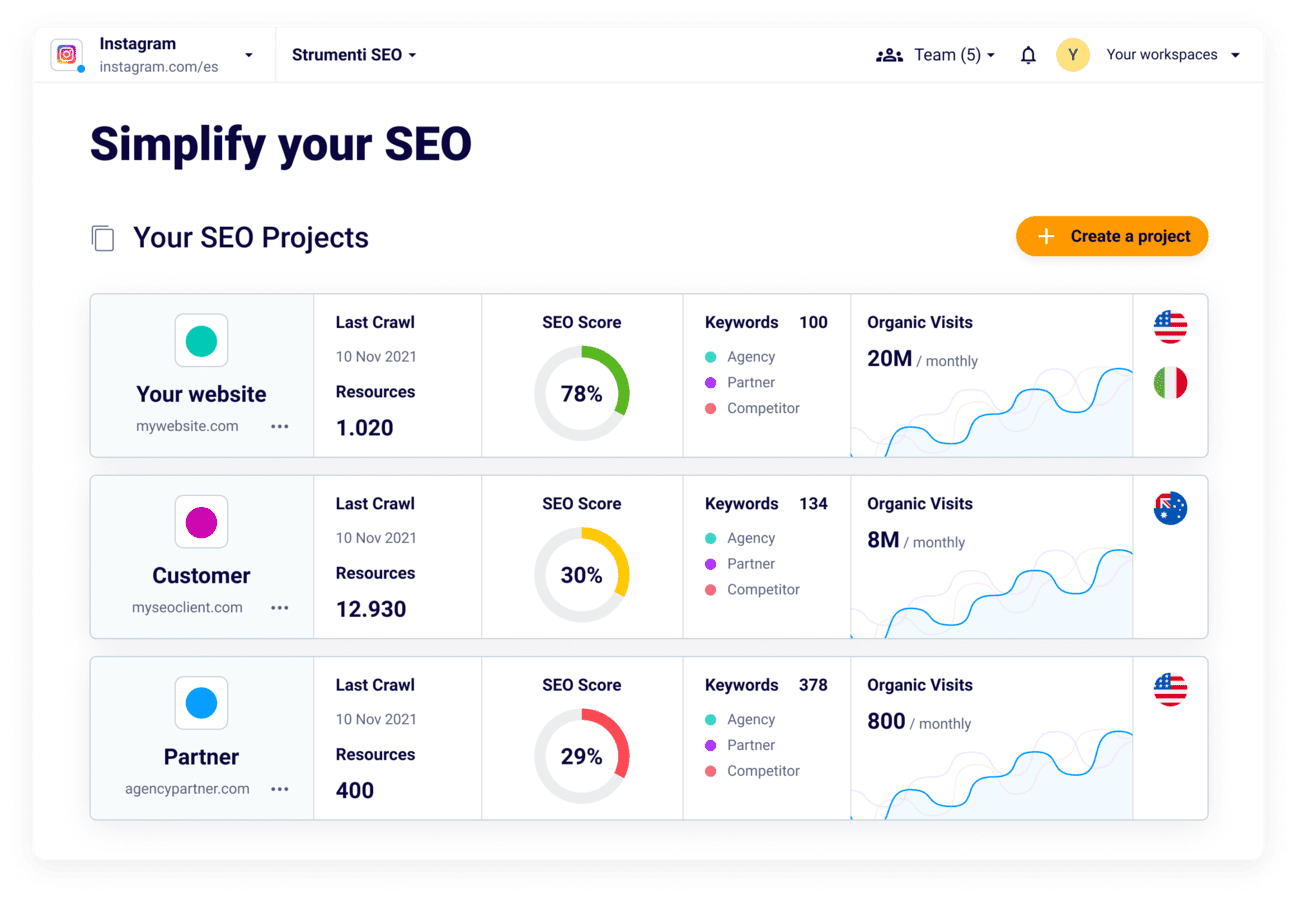Revealing the Unconventional Mediums in Google Analytics Beyond Default Setups
In the realm of electronic analytics, Google Analytics stands as a foundation for services looking for to comprehend their online presence. By venturing beyond the surface area and diving into the details of social media information, email campaign performance, reference website traffic sources, straight traffic patterns, and custom-made network groups, a treasure trove of information waits for those prepared to welcome an extra nuanced technique.

Leveraging Social Media Site Insights
Sometimes forgotten, yet immensely beneficial, is the method of leveraging social media insights within the world of Google Analytics. By incorporating information from platforms like Facebook, Twitter, Instagram, and LinkedIn into Google Analytics, services can get a much deeper understanding of their target market and the effectiveness of their social media projects.
Via this integration, marketers can track and evaluate customer actions on their site that originates from social media platforms. They can recognize which social networks channels are driving the most traffic, which material is resonating with the audience, and which campaigns are transforming one of the most leads. This understanding allows for data-driven choices to optimize social media methods and improve overall advertising performance.
Moreover, by incorporating social networks understandings with Google Analytics, companies can produce much more targeted and individualized campaigns - what is not considered a default medium in google analytics. They can make use of group information, passions, and online habits gathered from social media to refine their target market division and supply customized messages that reverberate with certain consumer teams. This targeted approach can bring about higher engagement, increased conversions, and ultimately, boosted return on financial investment
Uncovering Email Campaign Efficiency
Discovering Email Campaign Efficiency involves evaluating key metrics and performance indicators to review the effectiveness of e-mail advertising efforts. When delving into e-mail campaign performance, it is crucial to evaluate metrics such as open prices, click-through prices, conversion prices, and unsubscribe prices. Open up prices show the percent of receivers who opened the email, providing insight into the effectiveness of subject lines and sender names. Click-through rates gauge the percentage of receivers that clicked on links within the e-mail, revealing engagement levels. Conversion rates track the percent of recipients who completed a preferred action after clicking a web link in the e-mail, such as signing or making an acquisition up for a newsletter. Finally, unsubscribe rates highlight the variety of receivers who pulled out of getting more e-mails, dropping light on email material high quality and importance. By examining these metrics, marketers can fine-tune their email advocate better interaction and efficiency.
Analyzing Recommendation Website Traffic Sources
After reviewing the performance of email campaigns via crucial metrics such as open prices and conversion rates, the next vital action is assessing recommendation web traffic sources in Google Analytics to understand where site site visitors are coming from and just how they engage with the website. Reference website traffic sources refer to the web sites that direct individuals to your website with clickable web links. By delving into this data, businesses can get insights right into which exterior systems are driving traffic to their site, whether it be social networks systems, partner sites, or online directories.
It assists businesses identify high-performing recommendation sources that contribute significantly to website traffic and conversions. Google Analytics provides in-depth reports on referral traffic, enabling services to track the efficiency of each recommendation source accurately and make data-driven choices to boost their online existence.
Discovering Direct Website Traffic Patterns
Exploring the direct web traffic patterns in Google Analytics gives valuable understandings into user habits and the performance of projects - what is not considered a default medium in google analytics. Direct web traffic describes site visitors who land on a website by straight inputting the URL right into their web browser, making use of bookmarks, or clicking on untagged web links. Comprehending direct traffic patterns can aid marketing professionals evaluate the influence of offline advertising and marketing initiatives, brand go to the website acknowledgment, and the effectiveness of word-of-mouth recommendations
By delving into direct traffic information, services can discover critical details about individual intent and brand loyalty. Analyzing the habits of direct visitors, such as the web pages they see, the moment spent on site, and the conversion rate, can provide a deeper understanding of user interaction and the general effectiveness of Full Article the site in converting site visitors right into consumers.
Additionally, tracking direct traffic patterns over time enables companies to identify patterns, seasonality effects, and the success of details campaigns or promos in driving straight brows through. This info can then be used to fine-tune advertising methods, enhance website content, and improve the general user experience to make the most of conversions.
Utilizing Custom Channel Groupings
Utilizing customized network groupings in Google Analytics permits companies to categorize and analyze their website web traffic based upon specific requirements, supplying valuable understandings for enhancing marketing approaches. Custom channel groupings enable firms to create their very own tailored collections of traffic resources, such as social media, natural search, email projects, and recommendation traffic. By defining these collections, services can obtain a deeper understanding of how different marketing channels add to their internet site web traffic and conversions.
This feature is specifically useful for businesses with varied advertising techniques across different platforms. A firm running both paid and organic social media campaigns can distinguish in between the two to assess their private efficiency precisely. Additionally, custom channel groupings can help recognize any kind of forgotten or taken too lightly traffic resources that may be driving important involvement.
Verdict

By venturing past the surface and diving right into the intricacies of social media data, e-mail campaign efficiency, recommendation traffic sources, straight website traffic patterns, and personalized network groupings, a treasure chest of information waits for those willing to welcome a much more nuanced visit here approach. They can determine which social media networks are driving the most traffic, which web content is resonating with the target market, and which projects are transforming the most leads.After examining the efficiency of e-mail campaigns via vital metrics such as open prices and conversion rates, the next important action is evaluating referral traffic resources in Google Analytics to comprehend where website site visitors are coming from and just how they connect with the site. Customized network groups make it possible for companies to create their very own customized groupings of web traffic sources, such as social media, organic search, e-mail campaigns, and referral website traffic. By leveraging social media insights, revealing email project efficiency, examining reference website traffic sources, discovering direct traffic patterns, and utilizing custom-made network groups, marketing professionals can get beneficial insights into their on the internet existence.